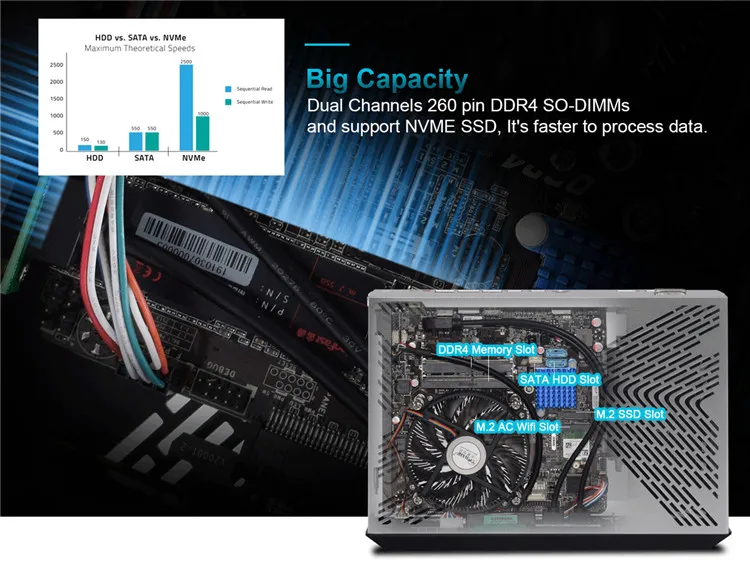
Occasionally DDR memory is referred to by a friendly name like DDR3-1066 or DDR4-4000.

While PC gamers may wait a bit for prices to adjust and for this newer technology to become a bit more mainstream, DDR4 will certainly have a lot to bring to the table for PC enthusiasts. – Better Multi-core suppport (512 bytes vs 2048 bytes cell size – smaller in this case is better) – Improved reliability, availability and serviceability (RAS) / Increased parity error detection – Theoretical max of 512GB main memory (vs 128 DDR3) Here is a summary of the advantages of DDR4:

Lastly, DDR4 also support an optional cyclic redundancy check (CRC). Previously, DDR3 would just pass the command that would cause the error along, which would make error recovery difficult. With these features, DDR4 can also block commands upon detection of a parity error. This encompasses such features as parity error detection for commands, addresses, and recovery from parity error.

In addition, DDR4 also brings improved reliability, availability and serviceability (RAS). It will utilize 1.2V for I/O compared to DDR3L, which utilizes 1.35V. Additionally, the maximum theoretical capacity of DDR4 is a whopping 512GB! Wow, imaging having that much RAM in your computer.Īlso, DDR4 will be more power efficient. This also means that cycling between each row/cell is faster. What this means is that since there are more cells to access, different cores/processors can access more cells at the same time. DDR bytes per cell row, while DDR4 will have 512 bytes per cell row. Soon we will have faster and more dense memory modules within our computers, but what exactly does DDR4 bring to the table? To start DDR4 will be better suited for multi-core processors.


 0 kommentar(er)
0 kommentar(er)
